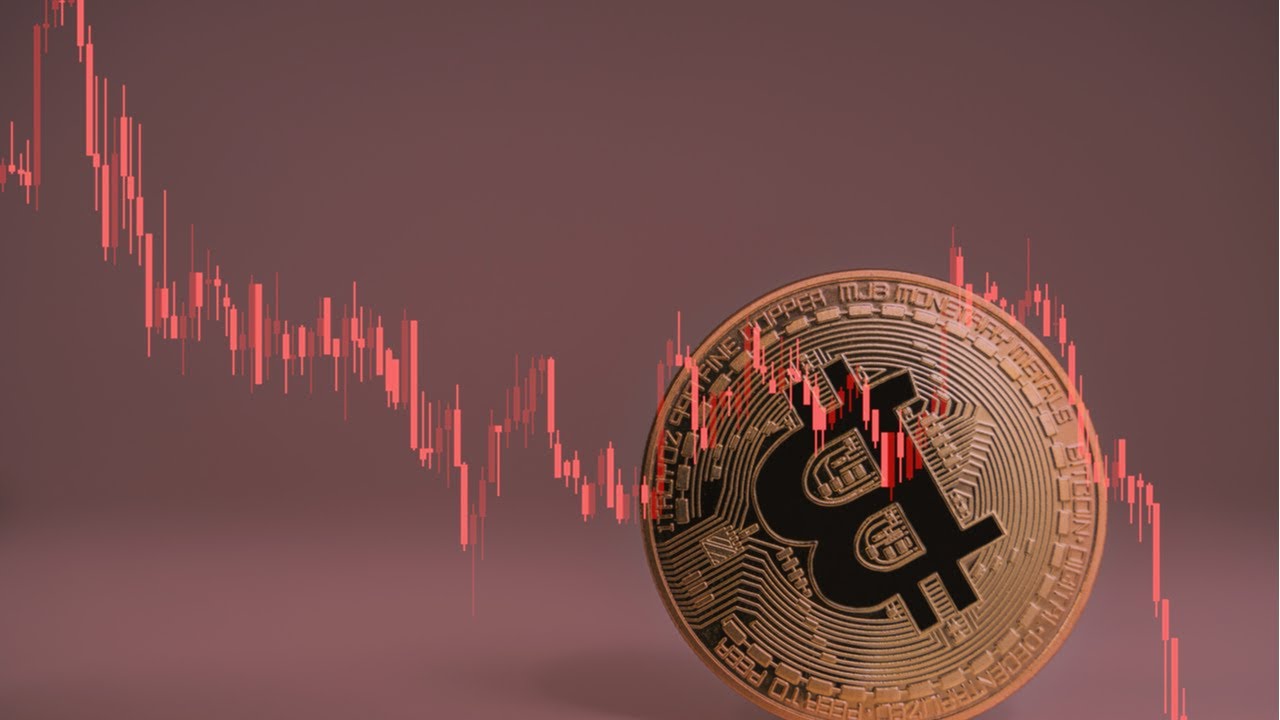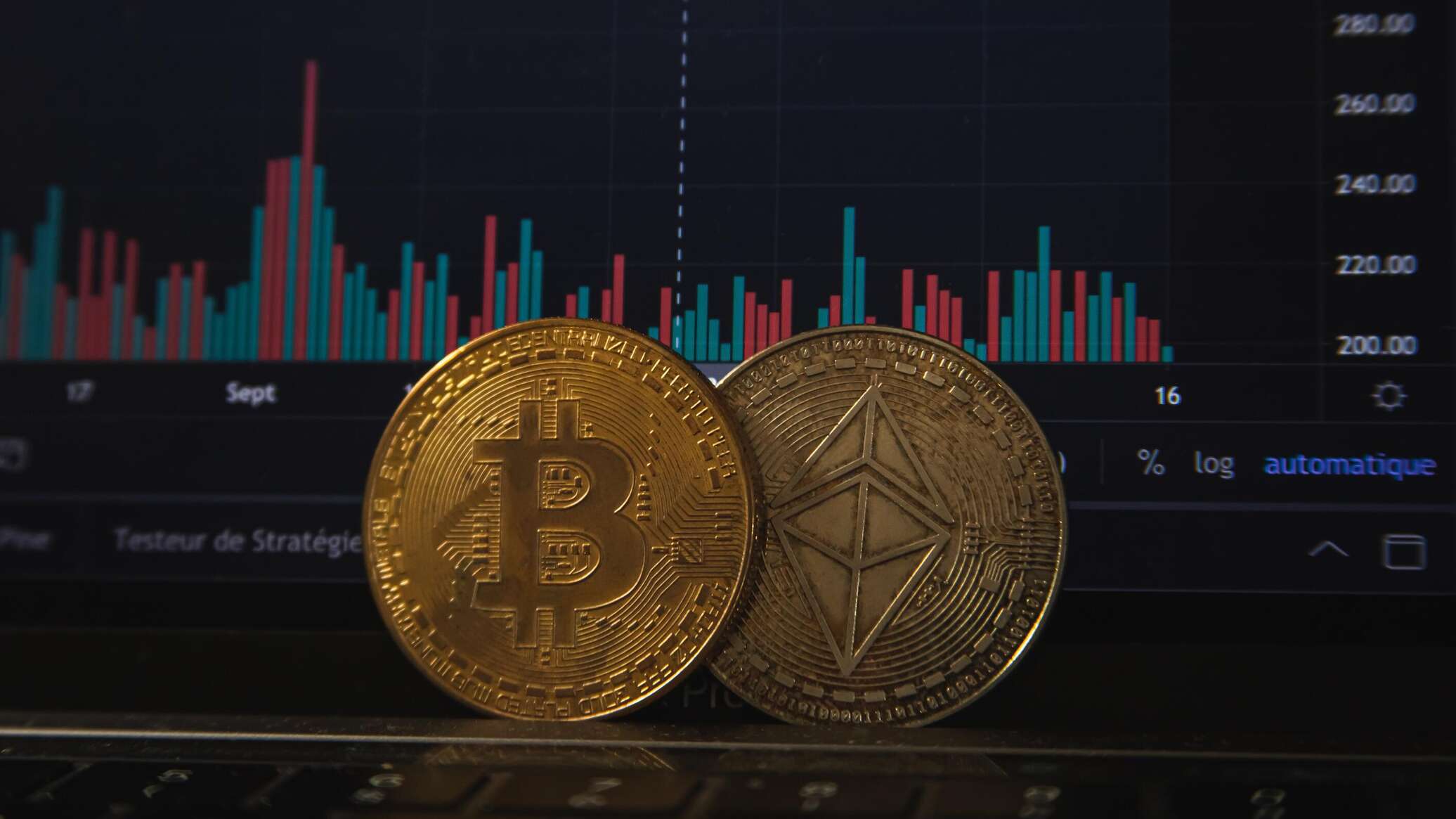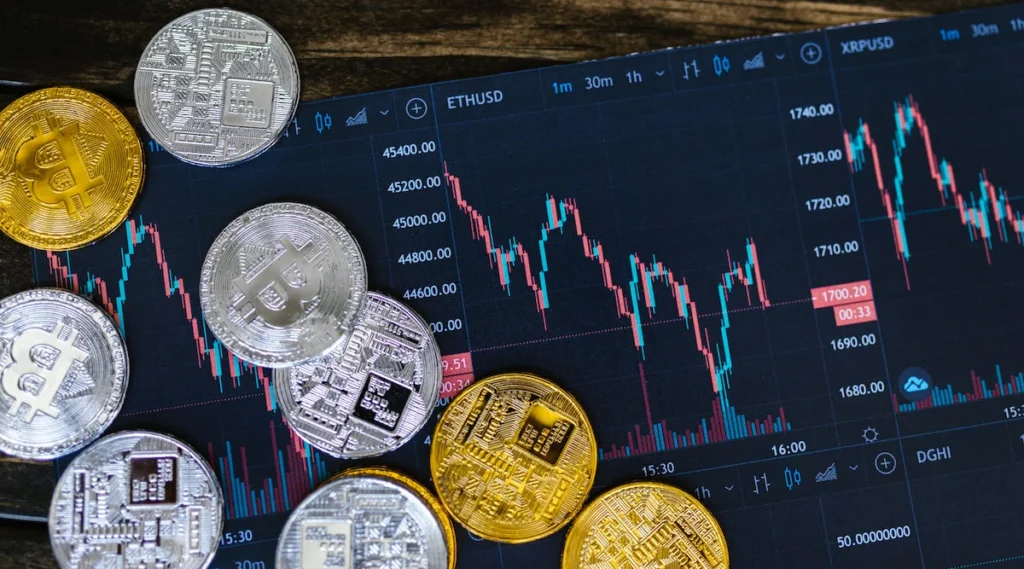The fast-paced Crypto Market relies on trade volume to gauge market health and investor sentiment. Traders and investors must comprehend trading volume as digital assets gain popularity. Crypto trade volume, its relevance, present trends, and market consequences are examined in this article.
Cryptocurrency Trading Volume
Usually expressed in 24 hours, trading volume is the overall quantity of a given cryptocurrency traded over a specified period. It is a main indicator of liquidity, market momentum, and the general condition of a digital asset since it covers purchasing and selling actions.
If one trades 100 Bitcoins in a day, for example, the trading volume for Bitcoin would be noted as 100 BTC. High trading volume implies strong activity and liquidity, which facilitates traders’ entrance and exit from positions. On the other hand, low trading volume may point to investor’s lack of interest or uncertainty, causing price volatility.
Volume in Crypto Technical Analysis
Trading volume plays a fundamental role in technical analysis for several reasons. Liquidity is vital in the crypto market, where prices can swing dramatically. Higher trading volume typically equates to greater liquidity, allowing traders to execute large orders without significantly impacting the price. This is why traders prefer highly liquid assets.

Bitcoin’s quick price growth without accompanying volume may suggest weak interest, making it unsustainable. Many traders utilize trading volume and price changes to spot breakouts or reversals. A price breakout with higher volume may indicate a strong trend. However, a price move with declining volume may indicate a weakening trend.
Current Trends in Crypto Trading Volume
Crypto developments have significantly affected trading volumes. Regulatory changes, technological advances, and macroeconomic shifts often increase trading activity. Institutional and retail investors bid up Bitcoin trading volumes in late 2024.
As it approached its all-time high. Ethereum’s Dencun update excited people in 2025. Ether trading volume increased before the upgrade as investors anticipated price appreciation. Such trends show how externalities affect market activity.
Shaping Crypto Trading Volume
Additionally altering the trade volume scene is the emergence of distributed exchanges (DEXs). Trading volumes have progressively moved away from conventional centralized exchanges as services like Uniswap and PancakeSwap become more and more popular. DeXs reduce counterparty risk by letting customers trade straight from their wallets, therefore improving privacy.
As a result, the volume of well-known DEXs has increased dramatically in line with a change in trading behavior toward distributed approaches. Another important factor influencing trade volume is institutional crypto market participation. Driven by the need for diversity and the possibility of significant rewards, high-profile investment companies.
Evolving Trading Volume DEXs
The ongoing development of trading platforms—especially with DEXs—will have an impact on how trading volume is seen and examined. Effective interpretation of trading volume data will always be a basic competency as crypto aficionados and traders adjust to evolving market conditions.
Since institutions usually carry bigger trades than individual investors, this involvement increases trading volumes. For instance, trading volume on sites providing Bitcoin ETFs exploded once they were approved in several markets. The flood of institutional money is changing liquidity profiles on several Bitcoin exchanges.
Examples of Trading Volume Insights
Examining the recent performance of Bitcoin amid significant market events helps one to show the influence of trade volume. Bitcoin shot beyond $73,000 in late 2024, and trading volume in one day topped $10 billion. This significant volume confirmed the price rise and supported the optimistic attitude by providing great buyer demand.

On the other hand, trading volume usually dropped below the $3 billion mark during times of low activity, as when Bitcoin swung between $50,000 and $55,000 in late 2023. These low-volume times might have added to the price volatility since the lack of liquidity meant that significant sell orders might drastically affect the price.
Practical Implications for Traders
Understanding trading volume has several practical implications.Traders can develop strategies based on volume analysis. For example, entering a position during high volume following a price breakout can enhance the probability of a successful trade. Conversely, avoiding trades in low-volume environments can mitigate risks associated with price manipulation or slippage.
Monitoring trading volume can assist in risk management practices. For instance, if an asset’s volume drops significantly while its price rises, it may be a signal to re-evaluate existing positions or employ stop-loss orders.Volume trends can inform market timing decisions. A trader might consider entering the market when they observe an uptick.
Conclusion
As the Cryptocurrency ETF Market matures, trading volume will continue to play a crucial role in shaping market dynamics. With increasing participation from both retail and institutional investors, the significance of volume analysis is likely to grow, providing valuable insights into market behaviors and trends. Ultimately, understanding crypto trading volume is more than just crunching numbers; it involves interpreting market sentiment, validating price movements, and developing sound trading strategies. As we move forward into 2025 and beyond.


